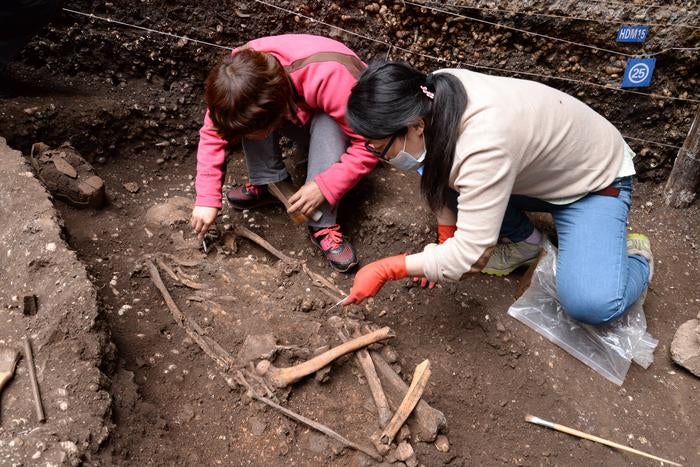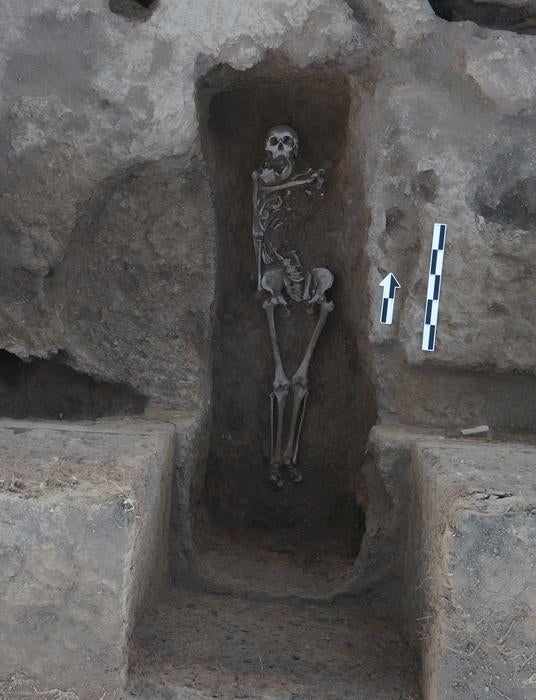Archaeologists have discovered that the ancestors of the Tibetan people, including a mysterious group known as the “ghost” population, came from China’s Yunnan province more than 7,100 years ago.
Researchers say the discovery helps solve an important mystery about how humans spread across East Asia.
Scientists studying ancient DNA from East and Southeast Asia know that humans started spreading across the continent at least 19,000 years ago and that they split into northern and southern branches early on.
But there are significant gaps in our understanding of the genetic origin of modern populations such as the Tibetans.
Tibetan people carry genes from northern East Asians but also from an unknown group – the “ghost” population – which some archaeologists think may be linked to ancient humans such as the Denisovans or an early group of modern humans from Asia.
Denisovans are “an extinct group of archaic humans previously known mainly from remains discovered in Siberia and Tibet”, according to the European Research Council.

Previous research has pointed to China’s Yunnan region as the key to understanding the origins of Tibetan as well as Austroasiatic populations, referring to ethnic communities in Southeast Asia who speak Austroasiatic languages like Vietnamese, Khmer, and Mon.
Studies indicate that about 80 per cent of the genetic makeup of Tibetan people comes from northern Chinese populations who lived between 9,500 and 4,000 years ago. The ancestry of the remaining 20 per cent remains unclear and is referred to as Tibet’s “ghost” population.
In a new study, scientists sequenced DNA from over 125 individuals who lived in Yunnan between 7,100 and 1,500 years ago.
They compared the ancient genomes to the DNA of modern Tibetans and found that one person who might belong to the “ghost” group carried genes of both ancient and modern Tibetans.
This 7,100-year-old individual from Yunnan was discovered to be as genetically distinct from most modern East Asians as a 40,000-year-old person from the area now known as Beijing, indicating a previously unknown Asian ancestry.
Scientists say this individual is the first known potential representative of Tibet’s previously uncharacterised “ghost” lineage.

Researchers suspect this lineage likely diverged from other early Asian people over 40,000 years ago and managed to survive in southern regions due to more stable climates during the Ice Age.
They discovered that a unique “central Yunnan” ancestry, different from the known northern and southern East Asian groups, appeared some 5,500 years ago and helped shape the genes of people speaking Austroasiatic languages today.
This ancestry seems to have emerged before the widespread adoption of agriculture in the region, suggesting demographic expansions likely preceded the spread of farming.
The findings show that Yunnan was for long an important crossroads where different groups of people met and mixed.
“This study not only fills a critical gap in the genetic data of prehistoric populations in East and Southeast Asia but also identifies one of the Tibetan Plateau’s ‘ghost ancestors’ for the first time from a genetic perspective,” researchers said.
They hope to study central Yunnan and the nearby Red River Valley further to uncover more details about Austroasiatic prehistory.









